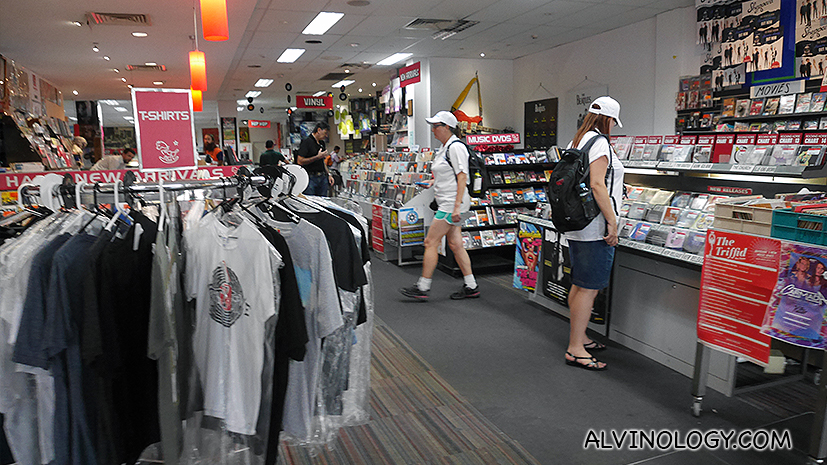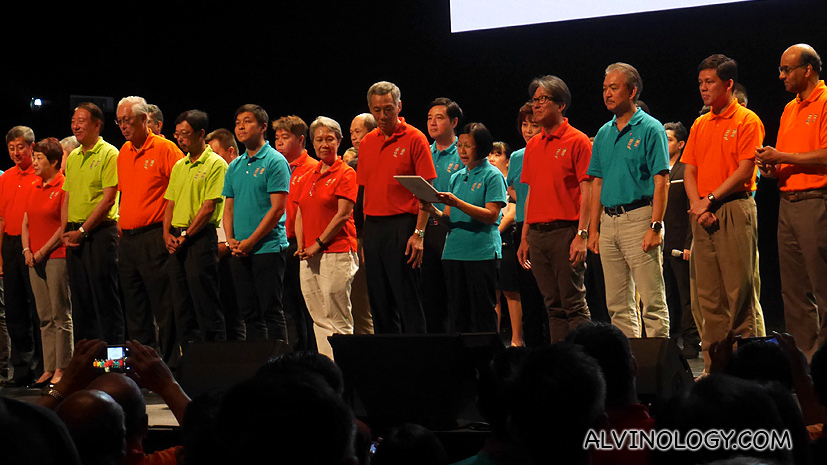
PayPal and Ipsos recently released findings on the online shopping habits of consumers in the second global cross-border e-commerce report, which saw an increase in APAC participation. The report found that online shoppers in Singapore are ahead of their APAC counterparts, with 69 percent of online shoppers making purchases both domestically and overseas.
Not to be outdone, especially by absolute numbers, one of the world’s largest markets, China experienced not just a huge growth in the number of online shoppers now shopping cross-border (an increase of nine percentage points since 2014) in 2015, but the country also came in second out of all 29 markets tested in terms of estimated overall online spend.
Fastest growth expected in India, China and Singapore by 2017
According to the report, consumers in Australia, China, India, Japan, Singapore and South Korea spent an estimated total of US$594 billion in online shopping in 2015. The amount is set to increase in tandem with the rise in popularity of online shopping in the region, with the fastest growth expected in India (53 percent), followed by China (28 percent) and Singapore (16 percent) by 2017.
US remains top shopping online destination for consumers in APAC
The United States emerged as the top online shopping destination for consumers interviewed in APAC, with China, the United Kingdom and Japan based e-commerce sites following in terms of popularity. This is reflected in the overall attitude towards cross-border shopping, with a majority of respondents (68 percent of online shoppers interviewed in APAC) preferring large ‘global’ stores such as Amazon when purchasing from another country.
Consumers turning to e-commerce to fulfill daily affairs
Fashion (clothing, footwear & accessories) has surfaced as the top category (purchased by 53 percent of cross border shoppers surveyed in APAC in the past 12 months) for cross-border shopping across all markets.
However, the study has revealed that consumers are now turning to e-commerce to fulfill basic needs, with groceries emerging as one of the top growth categories for online shopping in APAC. In Singapore, online shopping for groceries industry is expected to grow by 21 percent in 2016. Children’s suppliesand household goods follow closely with expected growth rates of 17 percent and 16 percent respectively in Singapore.
Mobile spending cannot be ignored
Cross-border shoppers surveyed around the world estimated that they made on average 25 percent of their cross-border purchases via smartphones and tablets. Consumers in India and China were the most mobile-savvy, nearly doubling the average with an estimated 41 percent of their cross-border online spend done via smartphones and tablets. With greater access to the Internet, China and India were also expected to have the highest growth rate in terms of total online mobile spend, growing at 52 percent (CAGR to 2017) and 68 percent (CAGR to 2017) respectively.
“As both the Internet and usage of mobile phones and tablets transform the face and form of retail, online borderless shopping continues to grow rapidly, presenting a clear opportunity for businesses to embrace their export potential. With the transformation of consumer demand for online and cross-border goods, as well as the platforms now available, any business can become a competitive player in the global marketplace.” Shared Hamish Moline, Vice President, Regional Merchant Services, PayPal APAC.
Value for money is a priority for shoppers
APAC shoppers display a pragmatic nature, with cost and value for money being one of the key considerations when shopping internationally. Close to half of online shoppers interviewed from APAC (47 percent) cite free shipping as a factor that would motivate them to make cross-border transactions, while 46 percent value safe payment and 41 percent consider proof of authenticity as drivers for purchasing cross-border. Respondents also weighed in on their payment method preferences and regarded a safer way to pay (44 percent of cross-border shoppers), a trusted brand (40 percent), and quick payment processing (39 percent) as crucial in their choice of cross-border payment. Merchants looking to sell to APAC consumers would need to ensure that their payment gateway provides customers with greater confidence when shopping online.
Despite the popularity of international online shopping by APAC consumers, barriers to cross-border shopping exist. Shipping cost is the top barrier preventing shoppers from buying cross-border more often, as cited by 47 percent of APAC online shoppers interviewed. Other key deterrents include insufficient help when problems are encountered (44 percent) and the possibility that products will not be received (42 percent). Potential customers want to have the confidence that the goods they pay for will be delivered, and that they can easily return them if there is a problem.
In addition, currency conversion is also a concern in cross-border shopping. Three-quarters (75 percent) of online shoppers interviewed in APAC prefer to have the option to pay in local currency or their own currency; 64 percent say that they conduct currency rate checks before committing to making purchases in foreign currency; while 52 percent would feel uneasy paying in a foreign currency. Customers need confidence that their payment will be handled securely and they need the comfort and convenience of paying in familiar currency using their preferred method.
About PayPal Ipsos Cross Border Research 2015
On behalf of PayPal, Ipsos interviewed a representative quota sample of c.800 (23,354 in total) adults (aged 18 or over) who own and/or use an internet enabled device in each of 29 countries (UK, Ireland, France, Germany, Austria, Switzerland, Italy, Spain, Netherlands, Sweden, Poland, Turkey, Russia, Israel, UAE, USA, Canada, Brazil, Mexico, Argentina, India, China, Japan, South Korea, Singapore, Australia, South Africa, Nigeria, Egypt). Interviews were conducted online between 17th September and 28thOctober 2015.












